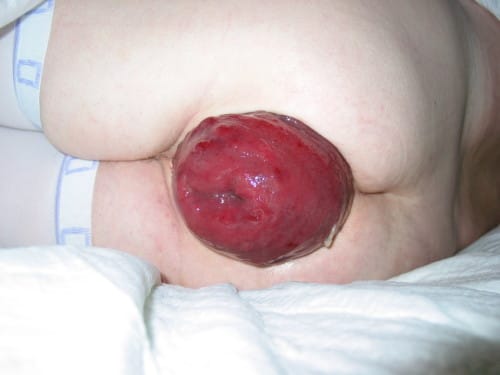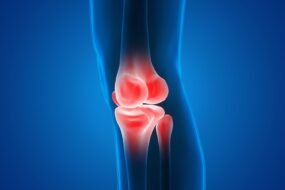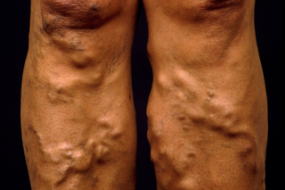
Rectal prolapse is rectum protrusion through the anal opening.
Three types
- Internal (occult) prolapse- when there is intussusception of the rectal wall
- Mucosal (partial) prolapse- partial-thickness protrusion often associated with hemorrhoids.
- Complete prolapse- protrusion of all layers of the rectum.
Risk factors
- Female gender
- Age >40 years
- Vaginal delivery
- Prior pelvic surgery
- Raised intraabdominal pressure
- Cystic fibrosis
- Connective tissue disorders
- Anorectal malformations- in children
Clinical features
- A sensation of tissue protruding from the anus that spontaneously reduces or needs manual reduction
- Tenesmus
- A feeling of incomplete evacuation
- Constipation
- Fecal incontinence
- Pruritus Ani and bleeding
- *Pain suggests another diagnosis
Physical Examination– examine while the patient squats or strains
- Mucous prolapse- a double-layered mucous membrane can be palpated
- Full-thickness- concentric mucosal folds are seen, and all four layers can be palpated
- DRE- sphincter weakness
Diagnosis
Primarily a clinical diagnosis
Investigations
- Video defecography- differentiates the types
- Anal sphincter manometry- if incontinence is present
- Dynamic pelvic floor MRI- for pelvic floor strength
- CT colonography and colonoscopy- to rule out neoplasms and diverticular disease
- Sweat chloride test- to rule out cystic fibrosis
- Colonic transit study- for those with a history of constipation
- Complete blood count- to rule out worm infection
Differential diagnosis
- Prolapsed internal haemorrhoids
- Malignancy
- Solitary rectal ulcer
- Worm infection- trichuriasis
Management
1. Medical-
- Adequate fluid and fibre intake
- Enemas for severe constipation
- Address underlying risk factor
- Pelvic floor exercises
- Taping of buttocks or placing bulky pad against perineum- for old and frail or debilitated patients
- Mucosal prolapse- injection sclerotherapy and digital repositioning of the rectum
2. Surgical- abdominal and perineal approaches
Abdominal;
- Reduction of perineal hernia and closure of the Cul de sac
- Resection of the redundant sigmoid colon
- Fixation of rectum (rectopexy)
- 2nd and 3rd can be combined
Perineal
- Tightening anus with prosthetic materials
- Reefing the rectal mucosa (Delorme procedure)
- Resecting prolapsed bowel from the perineum
Complications
- Intestinal obstruction
- Recurrence- especially with perineal procedures
- Injury to protruding mass












